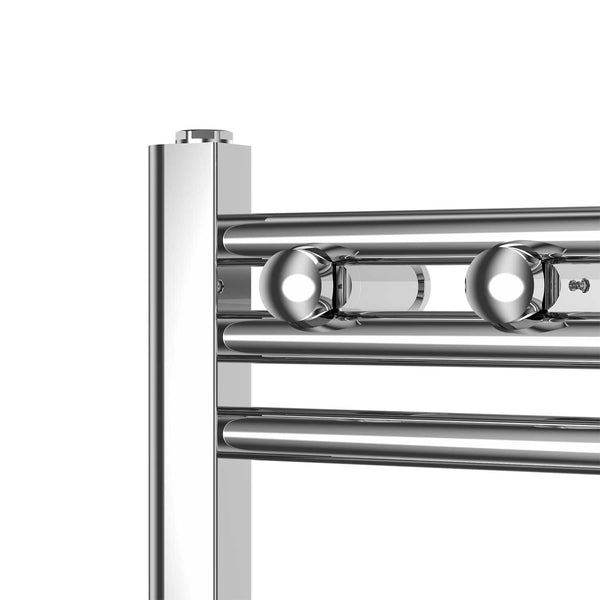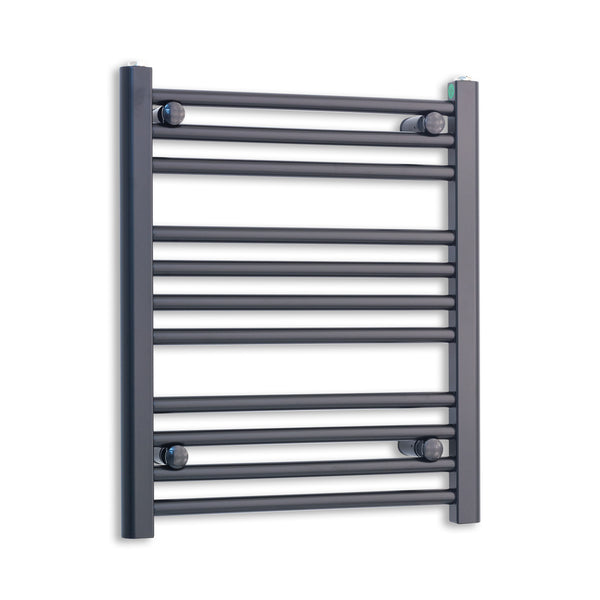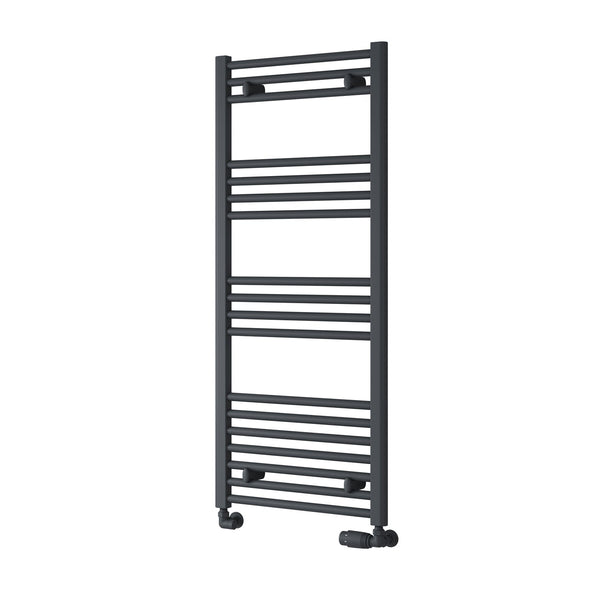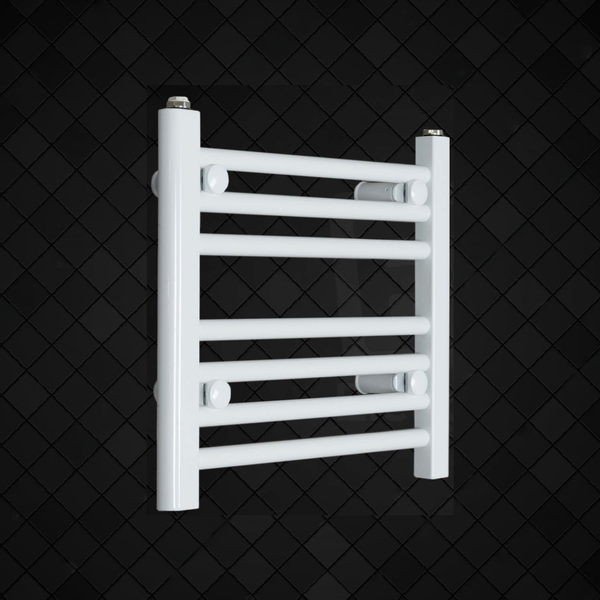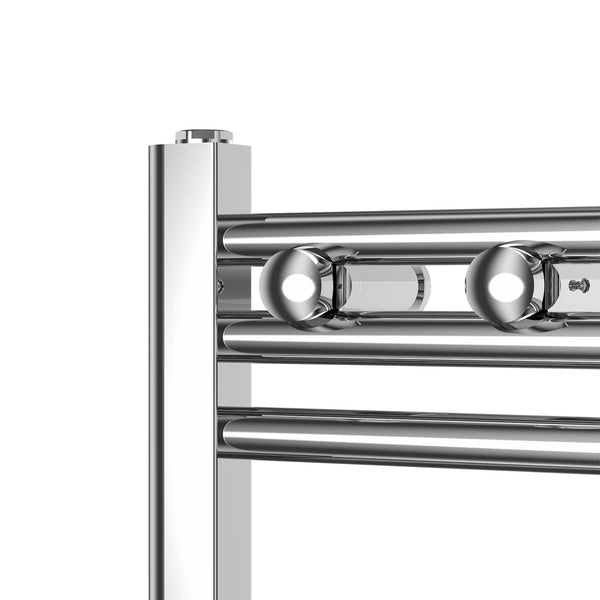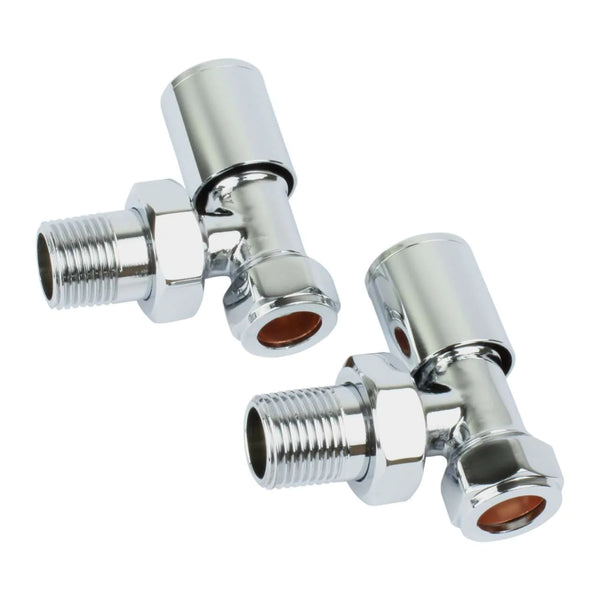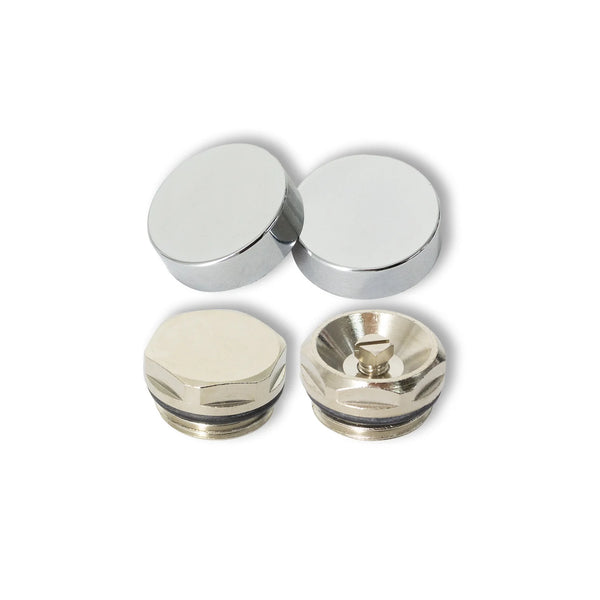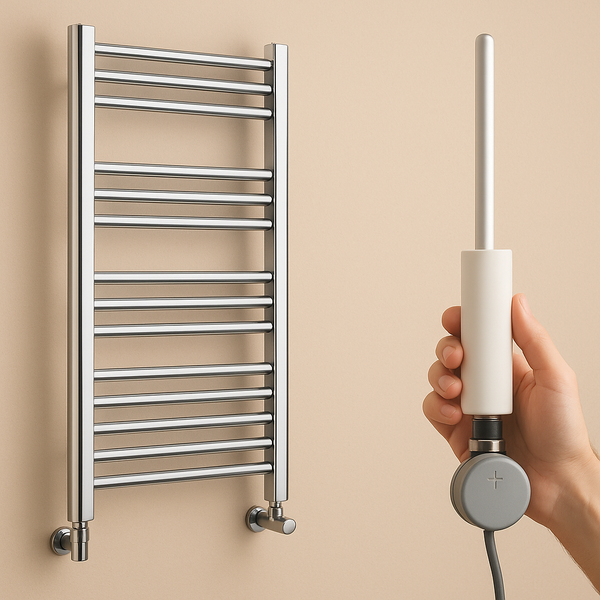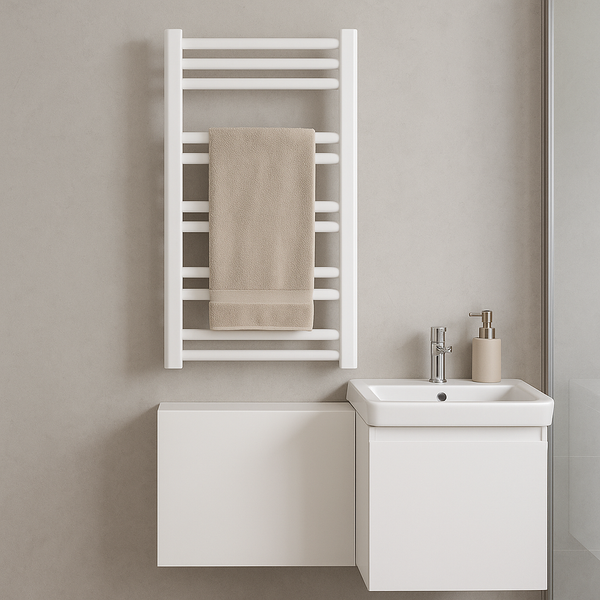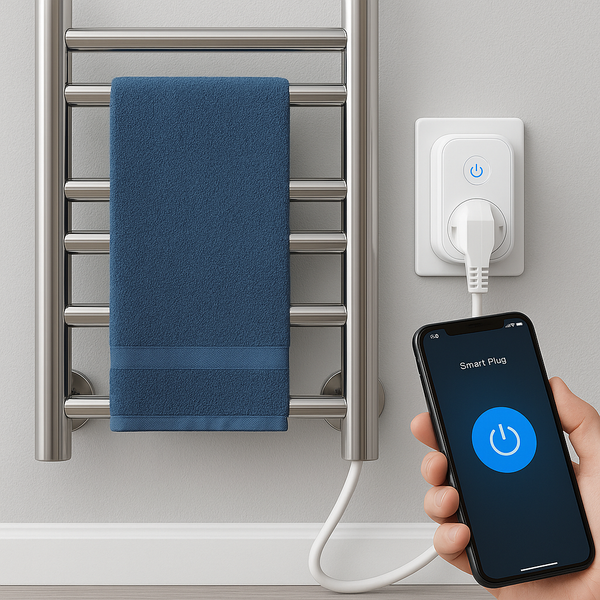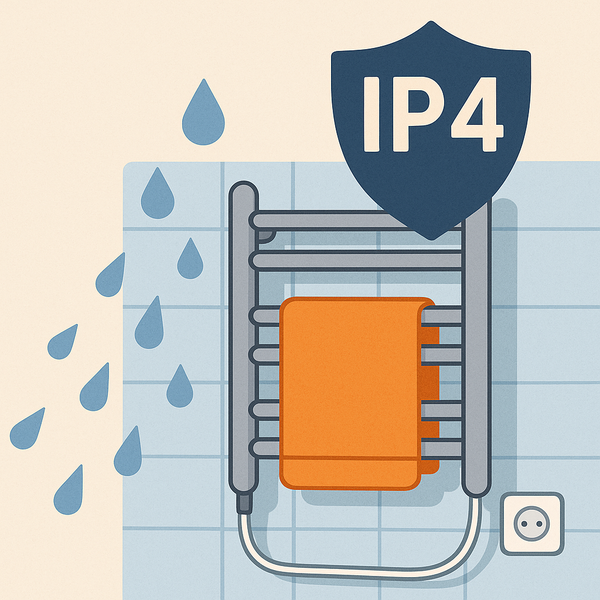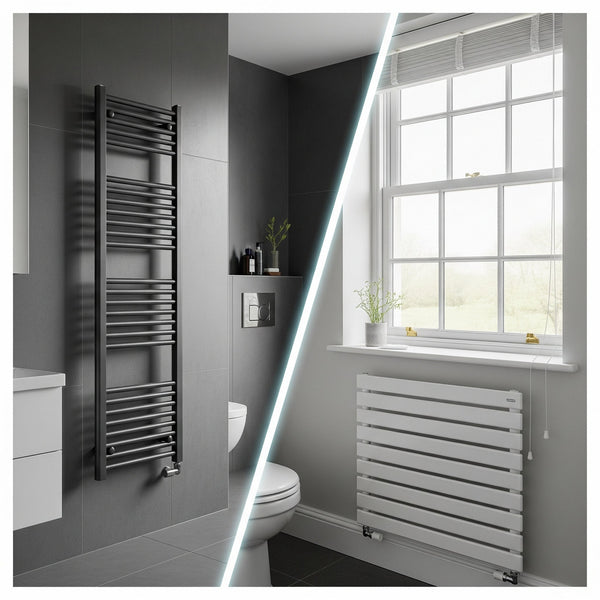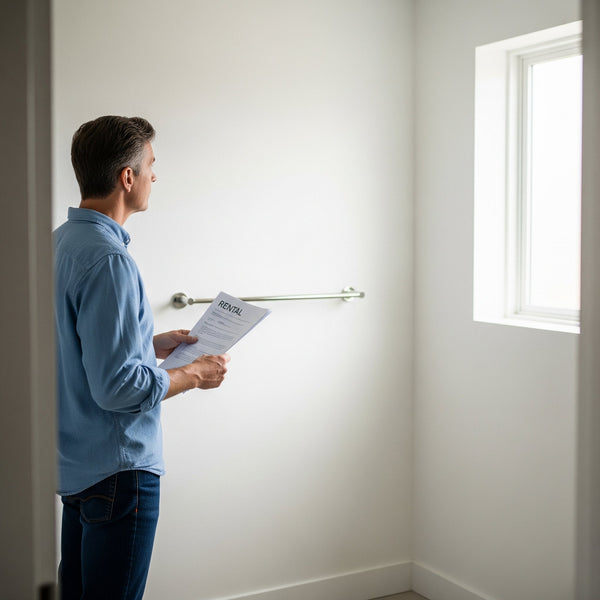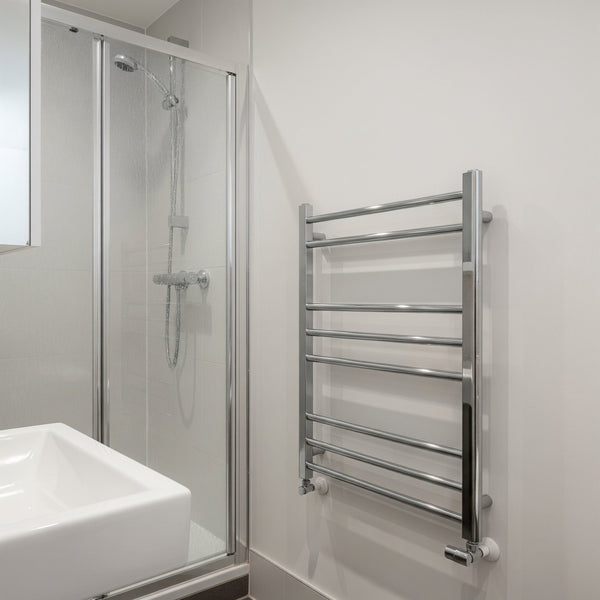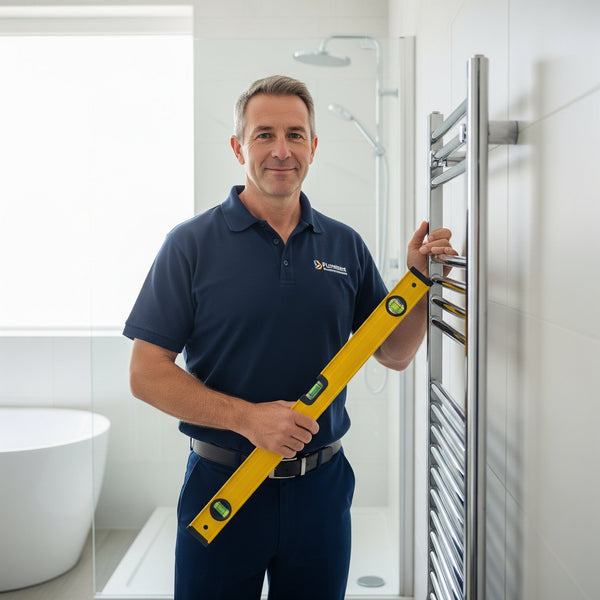Installing an Electric Towel Rail: Safety Rules and Tips You Must Know
An electric heated towel rail is a fantastic addition to any UK bathroom. It offers the luxury of warm, dry towels independently of your central heating system, making it perfect for use all year round. While the idea of a quick DIY installation is tempting, it's crucial to understand that mixing electricity and water requires the strictest safety measures. In the UK, bathroom electrical work is governed by stringent regulations for a very good reason: to prevent serious injury or electrocution.
At Companyblue, your safety is our top priority. This guide isn't about how to wire the unit yourself; it's about making you an informed homeowner. We'll cover the essential safety rules, electrical zones, and tips you must know to ensure your new electric towel rail is installed correctly, safely, and legally by a qualified professional.
CRITICAL SAFETY WARNING: Electrical work in bathrooms, including the installation of a new circuit for an appliance like a towel rail, is classified as 'notifiable' work under Part P of the Building Regulations in England and Wales. This means it legally must be carried out and certified by a registered, qualified electrician. Attempting to do this work yourself can be extremely dangerous, will invalidate your home insurance, and may lead to prosecution.

Understanding UK Bathroom Electrical Zones
To ensure safety, UK wiring regulations (BS 7671) divide a bathroom into specific electrical zones. The zone determines what type of electrical equipment can be installed. The closer the zone is to a water source (like a bath or shower), the stricter the rules.
- Zone 0: Inside the bath or shower basin itself. No electrical equipment is allowed here, except for specific low-voltage items designed for that purpose.
- Zone 1: The area directly above the bath or shower up to a height of 2.25m from the floor. Electrical equipment in this zone must have an IP rating of at least IPX4 (splash-proof). If there's a risk of water jets (e.g., from a shower hose), IPX5 is required.
- Zone 2: An area stretching 0.6m outside the perimeter of the bath or shower and up to a height of 2.25m. An IP rating of at least IPX4 is also required here.
- Outside Zones: This refers to any area outside of zones 0, 1, and 2. While the rules are less strict, any electrical installation must still be done safely. Portable appliances are generally not allowed.
Your new electric towel rail must have an appropriate IP (Ingress Protection) rating for the zone in which it will be installed.
What is an IP Rating?
An IP rating is a two-digit code that classifies how well an electrical enclosure protects against intrusion from solid objects (first digit) and water (second digit).
- The first digit (solids) ranges from 0 (no protection) to 6 (totally dust-tight).
- The second digit (water) is the most critical for bathrooms. It ranges from 0 (no protection) to 8 (protected against complete, continuous submersion).
For a towel rail in Zone 2, you need a minimum rating of IPX4. This means the unit is protected against splashing water from any direction. All electric towel rails sold at Company Blue clearly state their IP rating, so you can buy with confidence, knowing they are suitable for UK bathrooms.
Why You MUST Hire a Qualified Electrician
Beyond the legal requirement of Part P, hiring a professional is non-negotiable for several reasons:
- Safe Connection: An electric towel rail cannot be plugged into a standard 13A socket. It must be permanently connected to the electrical circuit via a fused spur. This connection must be located outside of the bathroom's main zones, providing a safe way to isolate the appliance for maintenance.
- RCD Protection: All electrical circuits in a bathroom must be protected by a 30mA Residual Current Device (RCD). An RCD is a life-saving device that rapidly cuts the power if it detects an earth fault (e.g., if electricity flows through water or a person), preventing a fatal electric shock. An electrician will ensure this protection is in place.
- Correct Wiring and Earthing: Proper earthing is vital in a bathroom to ensure any fault current has a safe path to the ground. A professional will correctly wire and earth the appliance according to the latest IET regulations.
- Certification: After the installation, a qualified electrician will provide you with an Electrical Installation Certificate or Minor Electrical Installation Works Certificate. This document is your proof that the work was done safely and complies with the Building Regulations. You will need this for your records and if you ever sell your home.
Tips for a Safe & Successful Installation
Even though you're hiring a professional, being an informed customer helps the process go smoothly.
- Plan the Location: Discuss the best placement with your electrician. They will confirm the correct zone and ensure the fused spur switch is located conveniently but safely, often just outside the bathroom door.
- Choose the Right Product: Select a towel rail with the correct IP rating for your chosen location. Browse our collection at Company Blue, where all necessary specifications are clearly listed.
- Check Their Credentials: Always use an electrician registered with a competent person scheme such as NICEIC, NAPIT, or ELECSA. You can check their registration online.
- Don't Prepare the Wiring Yourself: Do not attempt to run cables or install a back box in anticipation of the electrician's arrival. Let them handle all aspects of the electrical installation from start to finish.
Electric Towel Rail Safety: Your Questions Answered
Here are answers to the most common safety questions we receive.
Can I legally install an electric towel rail myself in the UK?
No. Installing a new electrical circuit or appliance in a 'special location' like a bathroom is notifiable work under Part P of the Building Regulations. It must be carried out by a registered electrician who can self-certify their work. Doing it yourself is illegal, dangerous, and invalidates your home insurance.
What is RCD protection and why is it so important?
An RCD (Residual Current Device) is a safety switch that disconnects the power in milliseconds if it detects an earth fault, such as the current flowing through water. It provides a much higher level of protection against electric shock than ordinary fuses and circuit-breakers. All bathroom circuits legally require 30mA RCD protection.
Can I just plug my electric towel rail into a normal socket?
No, absolutely not. Standard 13A plug sockets are not permitted in bathrooms or shower rooms (except for shaver units which are specially designed). The towel rail must be permanently wired into a fixed connection point, like a fused spur, which is located outside of the designated wet zones.
What IP rating do I need for my electric towel rail?
This depends on where it will be installed. For Zone 1 and Zone 2 (the areas most likely for a towel rail), a minimum rating of IPX4 (splash-proof) is required by UK regulations. All reputable brands, like those stocked at Company Blue, will clearly mark their products with the correct IP rating.
How much does professional installation cost?
The cost can vary depending on your location and the complexity of the job (e.g., if a new circuit is needed from the consumer unit). As of 2025, you can typically expect to pay between £150 - £350 for a qualified electrician to safely install and certify the work. Always get a few quotes from registered professionals.
